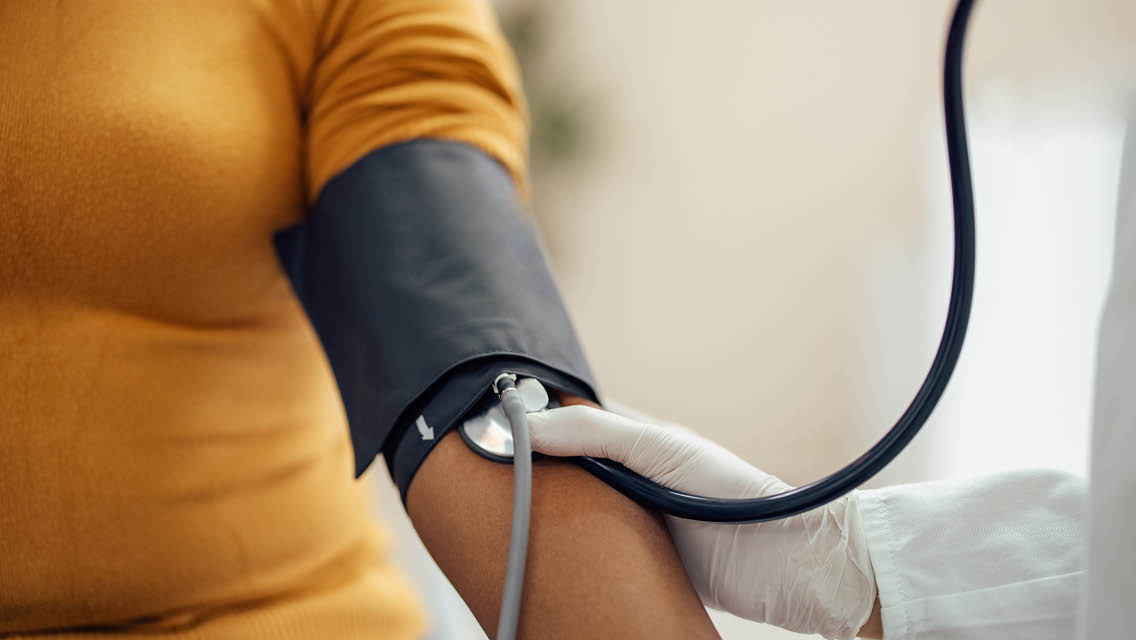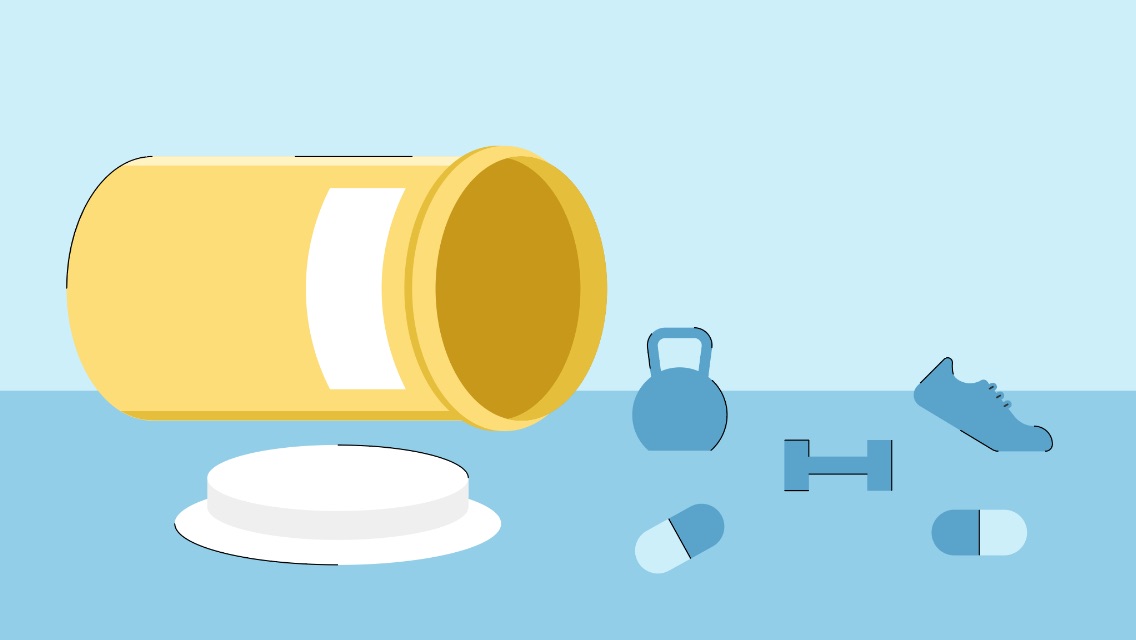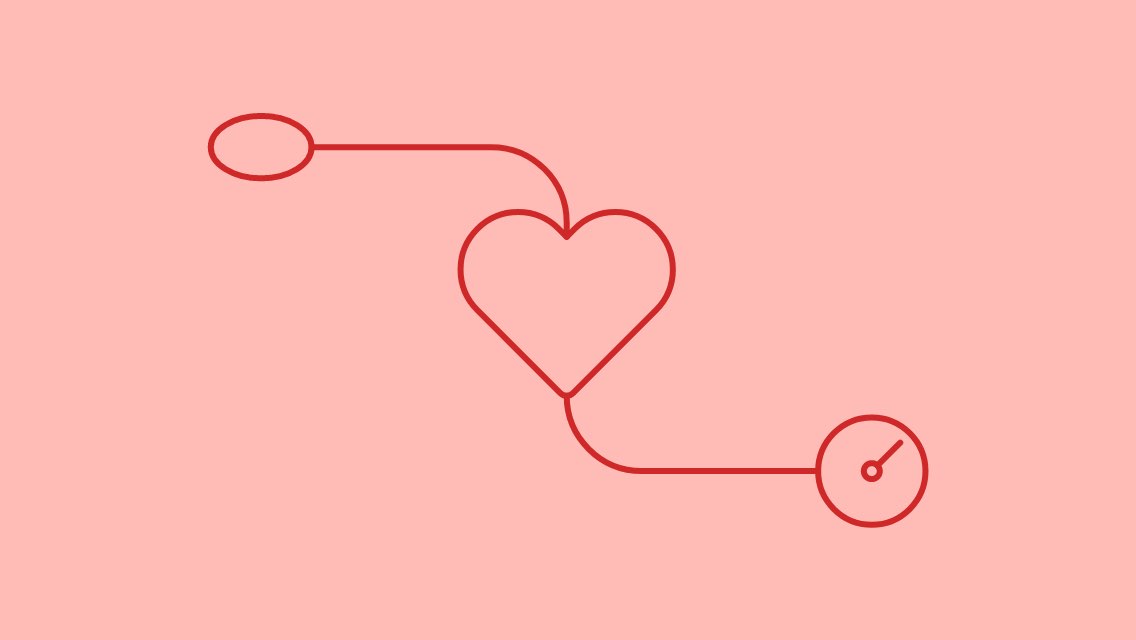Nearly half of all adults in the United States have high blood pressure, or hypertension, a condition that can lead to stroke or heart attack. Symptoms might include headaches, nosebleeds, shortness of breath — or nothing at all. It’s often called the “silent killer.”
Less familiar is hypertension’s opposite: low blood pressure, known as hypotension. Researchers during the past half-century have debated the notion that the risk of death declines as blood pressure falls, and then increases if it sinks below recommended levels. This so-called J-curve thesis remains controversial.
Doctors generally agree, however, that certain symptoms signal dangerously low levels. These include:
- Lightheadedness
- Fainting
- Nausea
- Fatigue
- Blurry vision
One cause of these symptoms may be an excessive dose of blood-pressure drugs, Richard Klasco, MD, writes in the New York Times. “If you have symptoms, your doctor may decrease your dose, discontinue one of your medications, or switch to a different medication,” he notes. “Your doctor can also evaluate whether you have heart problems or other conditions that may be making your blood pressure low.”
(For more on managing blood pressure, see “Understanding Blood Pressure Guidelines.”)
This article originally appeared as “The Highs — and Lows — of Blood Pressure” in the January/February 2024 issue of Experience Life.





This Post Has 0 Comments